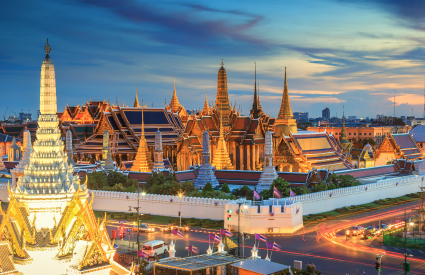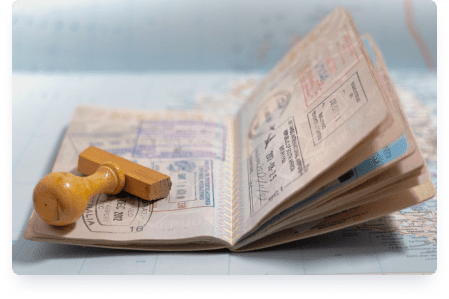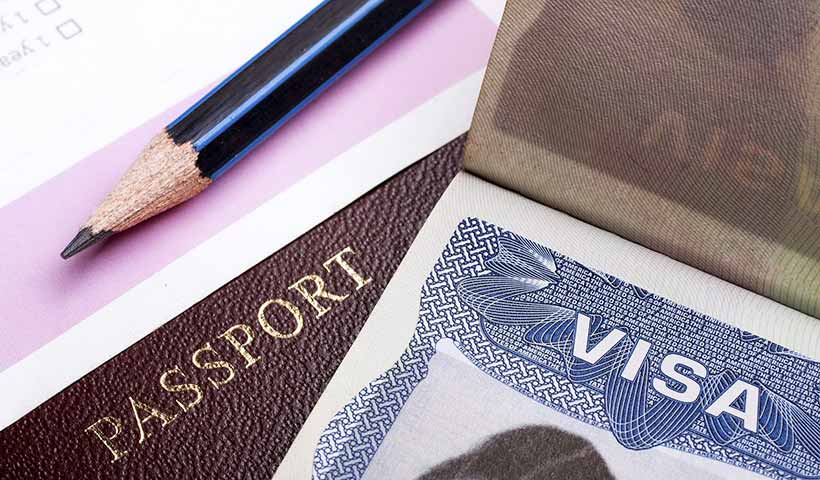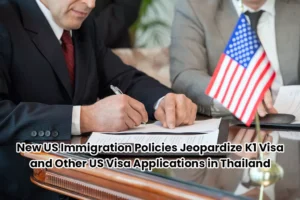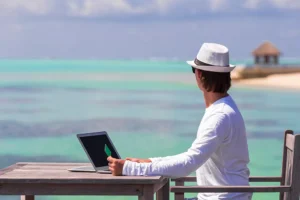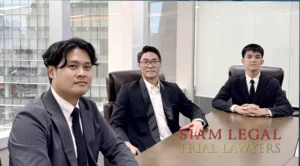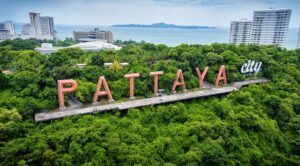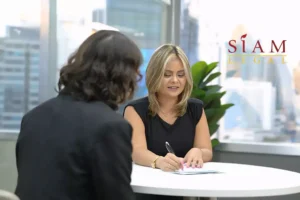Embarking on a journey to the United States for tourism is an exciting prospect, but before you can start planning your itinerary, there’s a crucial step you need to tackle – the US Tourist Visa application. In this guide, we’ll walk you through the essential details, requirements, and tips to make this process as smooth as possible.
Understanding the Basics
1. US Tourist Visa Types
The United States offers various types of visas, but for tourism, the B-2 Tourist Visa is the go-to option. This non-immigrant visa allows you to explore the diverse landscapes and attractions the US has to offer.
2. Purpose of Visit
Clearly define the purpose of your visit as tourism. While this might seem obvious, it’s crucial to emphasize that the primary intent is temporary and strictly for leisure.
Application Process
Online Application (DS-160)
Start by filling out the Online Nonimmigrant Visa Application form, also known as DS-160. Provide accurate and up-to-date information about your personal details, trip itinerary, and background.
Visa Fee Payment
Once you’ve completed the DS-160, pay the non-refundable visa application fee. The amount varies, so check the official U.S. Department of State website for the latest information.
Schedule a Visa Interview
After payment, schedule a visa interview at the US Embassy or Consulate in Bangkok. Be sure to plan ahead, as appointment availability may vary.
Gather Supporting Documents
Prepare a comprehensive set of documents, including your passport, visa application confirmation, passport-sized photos, proof of funds, and travel itinerary. Providing a clear and concise package will expedite the process.
Attend the Visa Interview
On the scheduled day, attend the visa interview. Dress professionally, be punctual, and answer questions truthfully. The consular officer will assess your eligibility for the US tourist visa based on your application and interview.
Common Pitfalls to Avoid
Insufficient Documentation
One of the primary reasons for the US Tourist visa denials is inadequate documentation. Ensure you have all the necessary paperwork, organized in a logical sequence, to present a compelling case.
Unclear Intent
Clearly articulate your intention to return to Thailand after your visit. Demonstrating strong ties to your home country, such as employment, family, or property ownership, can bolster your case.
Inconsistencies
Consistency is key. Ensure that the information provided in your application aligns with your supporting documents and interview responses.
Tips for a Successful Application
Start Early
The US Tourist visa application process can take time, so start early to avoid any last-minute hassles.
Be Honest and Transparent
Honesty is crucial during the application and interview process. Any attempts to provide false information can result in visa denial.
Understand the 214(b) Denial
If your visa is denied under section 214(b), it means the consular officer believes you have not demonstrated strong enough ties to your home country. Take this as an opportunity to reassess and strengthen your case for future applications.
Common Reason for Visa Denial
Visa denials can occur for various reasons, and it’s essential to be aware of potential pitfalls to increase the chances of a successful application. Common reasons for visa denial include:
Lack of Strong Ties to Home Country
The consular officer must be convinced that the applicant has strong ties to their home country and does not intend to overstay the visa. Factors such as stable employment, family ties, and property ownership can demonstrate these ties.
Insufficient Supporting Documentation
Incomplete or inaccurate documentation can lead to visa denials. It’s crucial to provide all the required documents in a clear and organized manner.
Unsatisfactory Visa Interview
The consular officer conducts an interview to assess the applicant’s eligibility and intentions. If the applicant is unable to provide satisfactory answers or appears dishonest, it can lead to a visa denial.
Ineligibility or Security Concerns
Applicants who are deemed ineligible for a visa or raise security concerns may face denials. This can be due to reasons such as a criminal record, past immigration violations, or connections to terrorist activities.
Incomplete Application
Failing to complete the required forms, provide accurate information, or pay the necessary fees can result in visa denials.
Previous Visa Violations
Individuals who have violated the terms of a previous visa or overstayed a visit to the U.S. may face challenges in obtaining a new visa.
Health-related Issues
Certain health conditions may be a reason for visa denial if they are deemed a threat to public health or safety.
US Tourist Visa Processing Time
DS-160 Form Submission
The first step involves filling out the Online Nonimmigrant Visa Application form (DS-160). This can typically be completed online, and the time it takes depends on how quickly you can gather and input the required information.
Visa Interview Appointment
After submitting the DS-160, you need to schedule a visa interview at the US Embassy or Consulate. The availability of interview slots can vary, and in some cases, it might take a few weeks to secure an appointment.
Visa Interview Processing
The actual visa interview is a crucial step in the process. The length of the interview can vary, but the interview itself is usually relatively short, often lasting around 10-15 minutes.
Administrative Processing (if required)
In some cases, additional administrative processing may be necessary. This can add extra time to the overall processing period, and the duration of this step is unpredictable, as it depends on the individual circumstances of the applicant.
Visa Approval and Passport Return
If your US Tourist visa is approved, the passport with the visa stamp will be returned to you. The time it takes to return the passport can vary, but it’s generally within a week or two after the interview.
Conclusion
Navigating the US Tourist Visa application process may seem like a daunting task, but with careful preparation and attention to detail, it can be a manageable and successful experience. By understanding the requirements, avoiding common pitfalls, and following these practical tips, you’ll be well on your way to exploring the wonders that the United States has to offer. Safe travels!
Contact Siam Legal
 | Ken Graham US Immigration Attorney Partner, Siam Legal International |
 | Natdaphon Luengsawang Senior US Visa Consultant Siam Legal International |
LIVE SUPPORT
 CALLCall (702) 799 9719 |  CHATChat with our representative | |
| From US: Sunday – Friday 5:00 PM – 7:00 AM (New York time) 2:00 PM – 4:00 AM (Los Angeles time) From Thailand: Monday – Friday | ||
